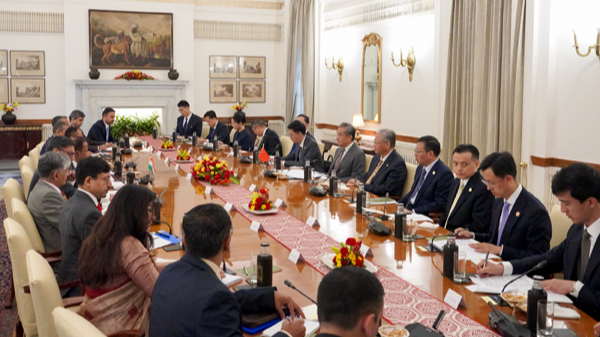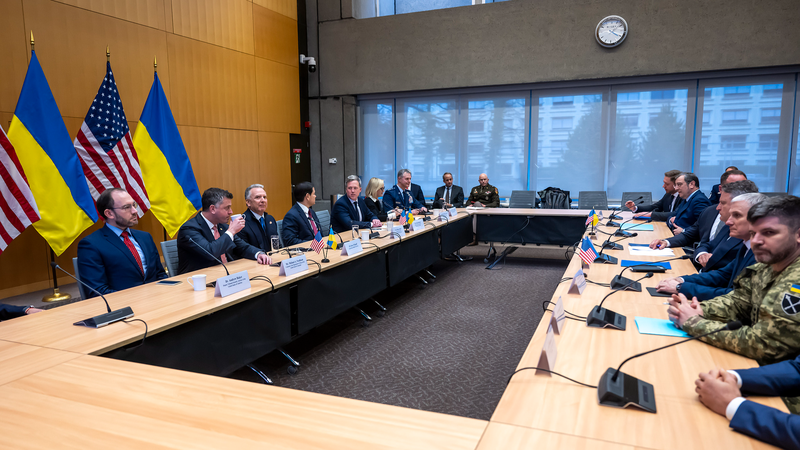This week, diplomats from China and India wrapped up the 24th round of boundary talks with a landmark 10-point consensus designed to keep one of the world’s most sensitive borders peaceful and open for dialogue. Representatives Wang Yi, member of the Political Bureau of the Communist Party of China Central Committee and director of the Office of the Central Commission for Foreign Affairs, and India’s National Security Advisor Shri Ajit Doval met under the strategic guidance of their leaders to chart the path ahead.
Key takeaways from the agreement:
- Both sides applauded progress since the Kazan summit and noted lasting calm along the frontier since the last talks.
- They reaffirmed a commitment to peace and pledged to resolve issues through friendly consultations.
- They will pursue a fair and mutually acceptable framework based on 2005 guiding principles.
- A demarcation expert group will explore detailed boundary mapping where conditions allow.
- A working group under the WMCC will boost coordination on border management and control.
- New general-level talks mechanisms will launch in the eastern and central sections, alongside the western section.
- Diplomatic and military channels will coordinate to de-escalate tensions and manage border affairs.
- An expert mechanism on cross-boundary rivers will renew flood-reporting MoUs and share emergency hydrological data.
- Three traditional boundary trade markets will reopen to revive local commerce.
- The 25th round of talks is set for the Chinese mainland in 2026.
For business and tech enthusiasts, reopening trade posts could unlock fresh opportunities in local markets, while thought leaders may see this as a model for managing complex geopolitical tensions through structured dialogue. Sports and entertainment fans often watch how border stability influences regional events, and travelers can look forward to safer passages in the boundary regions.
This 10-point pact underlines a data-driven approach: by setting clear mechanisms and timelines, both sides are building a template for consistent engagement. As the world watches, this agreement could become a blueprint for resolving other long-standing disputes.
Next steps include setting up expert teams, scheduling new talks, and tracking progress through transparent updates. With the border regions at peace, the spotlight now shifts to implementation and the ripple effects on trade, travel, and cultural exchange.
Reference(s):
10-point consensus reached during China-India boundary meeting
cgtn.com




